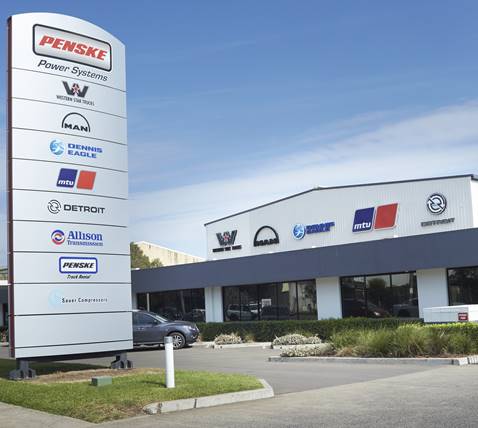- The iPad Mini is 20% off, making my favorite portable tablet even easier to recommend
- Best Buy is giving away $300 gift cards when you buy a Hisense TV - here's how to qualify
- How to uninstall the iOS 26 beta on your iPhone (and why you might want to)
- AI agents will be ambient, but not autonomous - what that means for us
- I replaced my premium headphones with this classic Bose pair - and didn't regret it
Improving the efficiency and cost-effectiveness of IT

In life and business, there are times when it makes sense to invest, to experiment, to take risks. For most companies, a period of societal upheaval and economic uncertainty – with unknown ripple effects to follow – isn’t one of those times.
Countless organizations are trying to find ways to tighten their proverbial belt and stay resilient in today’s challenging business climate. And many of them are reducing their IT budgets. IT spending will decline by 8% in 2020 compared to 2019, according to Gartner, and the cuts could be deeper in 2021 and beyond.
To avoid staff purges and wholesale changes, many organizations are working to improve the efficiency and cost effectiveness of their IT operations. They’re doing so by:
- Aligning their data center infrastructure with cloud, branch office, and edge environments.
- Driving consistency through centralized management, policy-based governance, and software-defined automation.
- Using advanced technologies and AI to optimize the capacity and performance of infrastructure systems.
- Finding ways to reduce licensing costs.
Penske Australia was able to accomplish all of these goals when it simplified and refreshed its data center infrastructure.
The company deployed five-node Cisco HyperFlex clusters at its primary and backup data centers, which support nine brand entities. The hyperconverged infrastructure (HCI) slashed the company’s technology overhead and costs, reducing 56 rack units of gear down to 24. And advanced technologies like Cisco Intersight and Cisco Workload Optimization Manager have not only improved IT visibility, management, and automation – they’ve also helped minimize enterprise licensing costs.
“Cisco Intersight is cloud-based and AI-driven, and it allows us to see our entire environment, spanning both data centers,” said Bobby Stojceski, technology and security manager for Penske Australia. “Cisco Workload Optimization Manager automatically balances our servers across hosts to continually rightsize the environment, and it also allows us to avoid VMware enterprise licensing.”
Penske Australia’s new infrastructure proved vitally important when the global pandemic hit. In less than a week, the company was able to deploy a remote desktop environment that enabled one-third of its employees to work from home.
“We would have been in a world of hurt if we hadn’t installed Cisco HyperFlex before the pandemic,” Stojceski said. “Because we had the right platform in place, we were able to shift about 300 people to remote work in a matter of days.”
Infrastructure simplicity, consistency, and flexibility – supported by visibility and insights – are the keys to improving IT efficiency and cost effectiveness. And they’re more important now than ever.
Learn more
Share:

